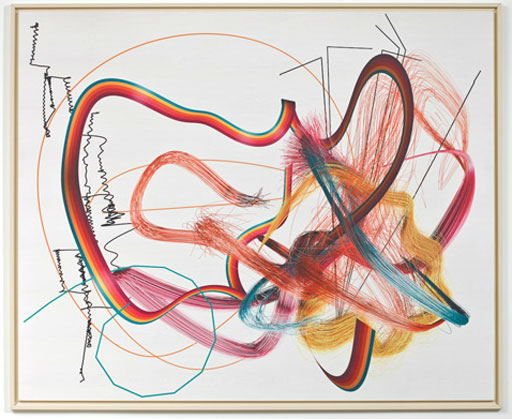"Three Sequencers" [3.2 MB .mp3]
Not too long ago Marc Weidenbaum asked on his twitter what would be an audio equivalent of an animated GIF. This is my proposal. It would have to be (a) short, (b) a loop, (c) digitally timed, (d) compellingly misaligned in some way, (e) easily grasped by the listener but containing some subtleties that reveal themselves in repetition, and (f) pattern-based. Obviously we're talking about the more abstract GIFs here, not a seagull strolling into a convenience store and stealing a bag of chips over and over.
Here, three sequences play simultaneously. Two are the same note pattern played on different synths a few steps out of alignment. The third is a different, mostly rhythm pattern. Some unexpected syncopations, polyrhythms, and polyphonies result.



